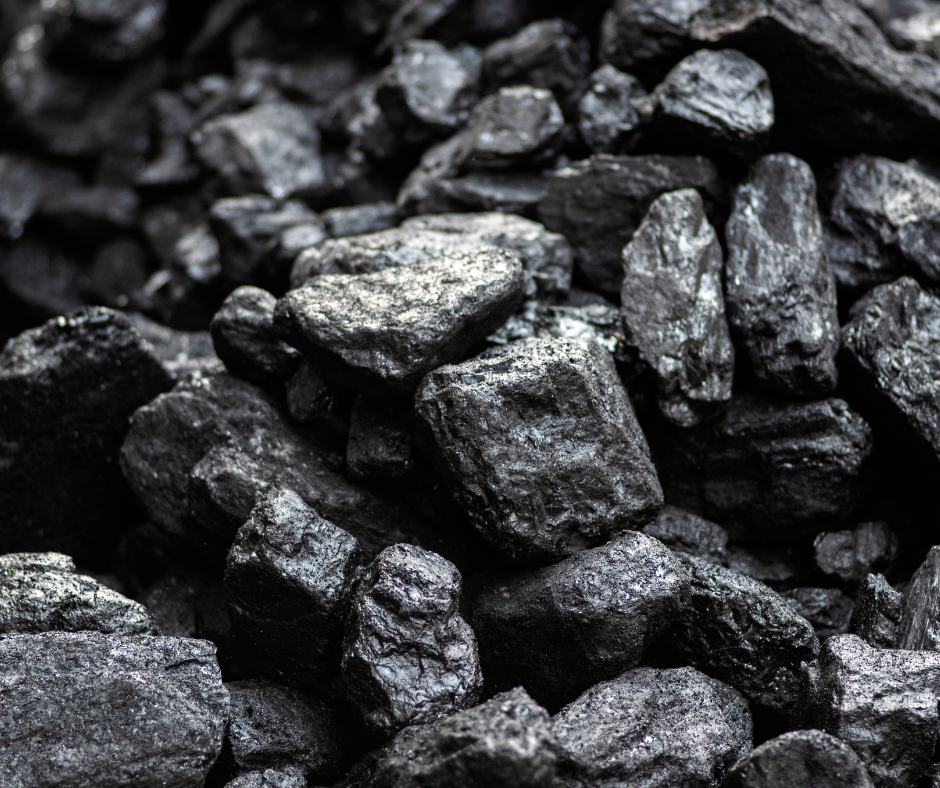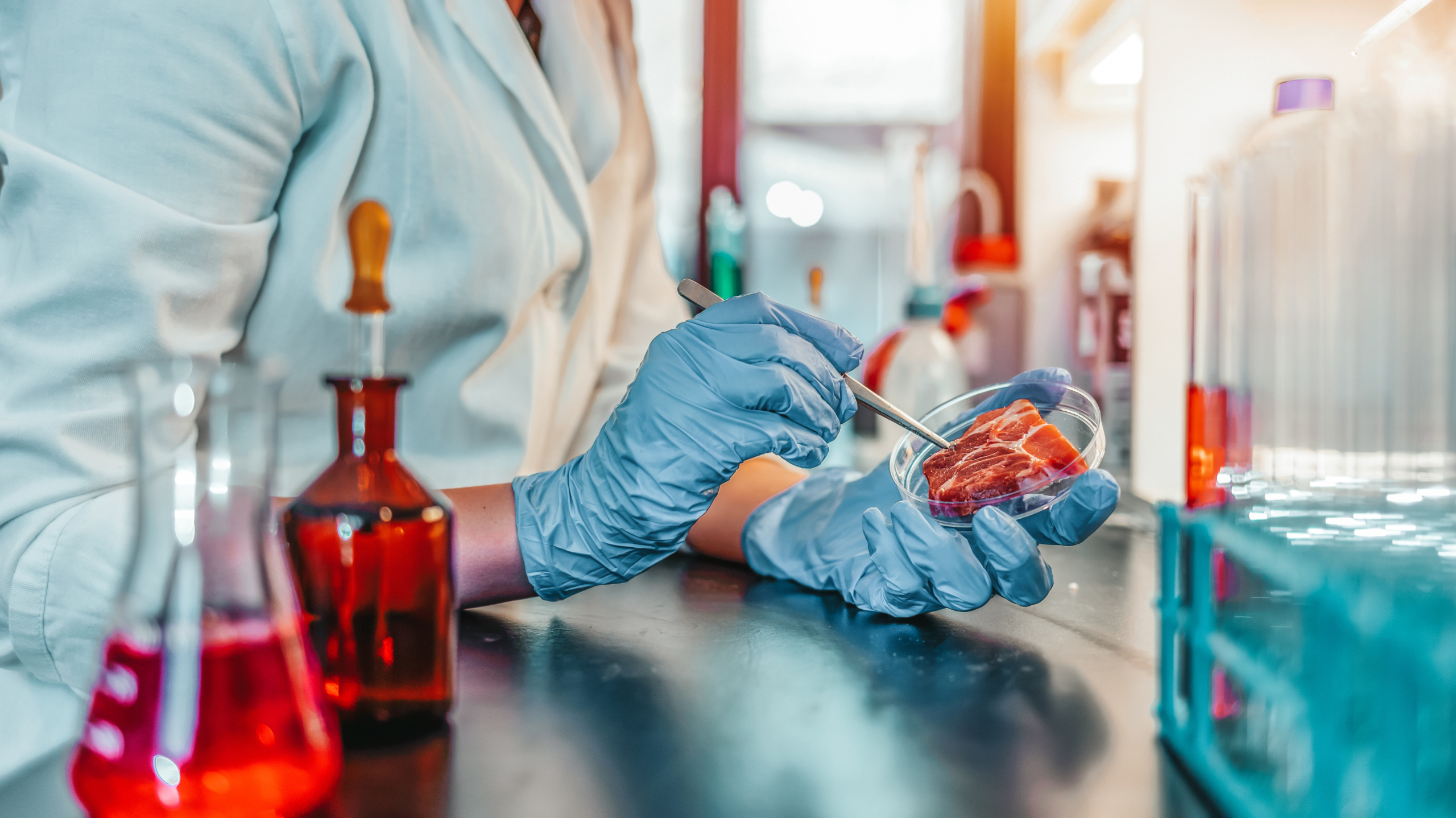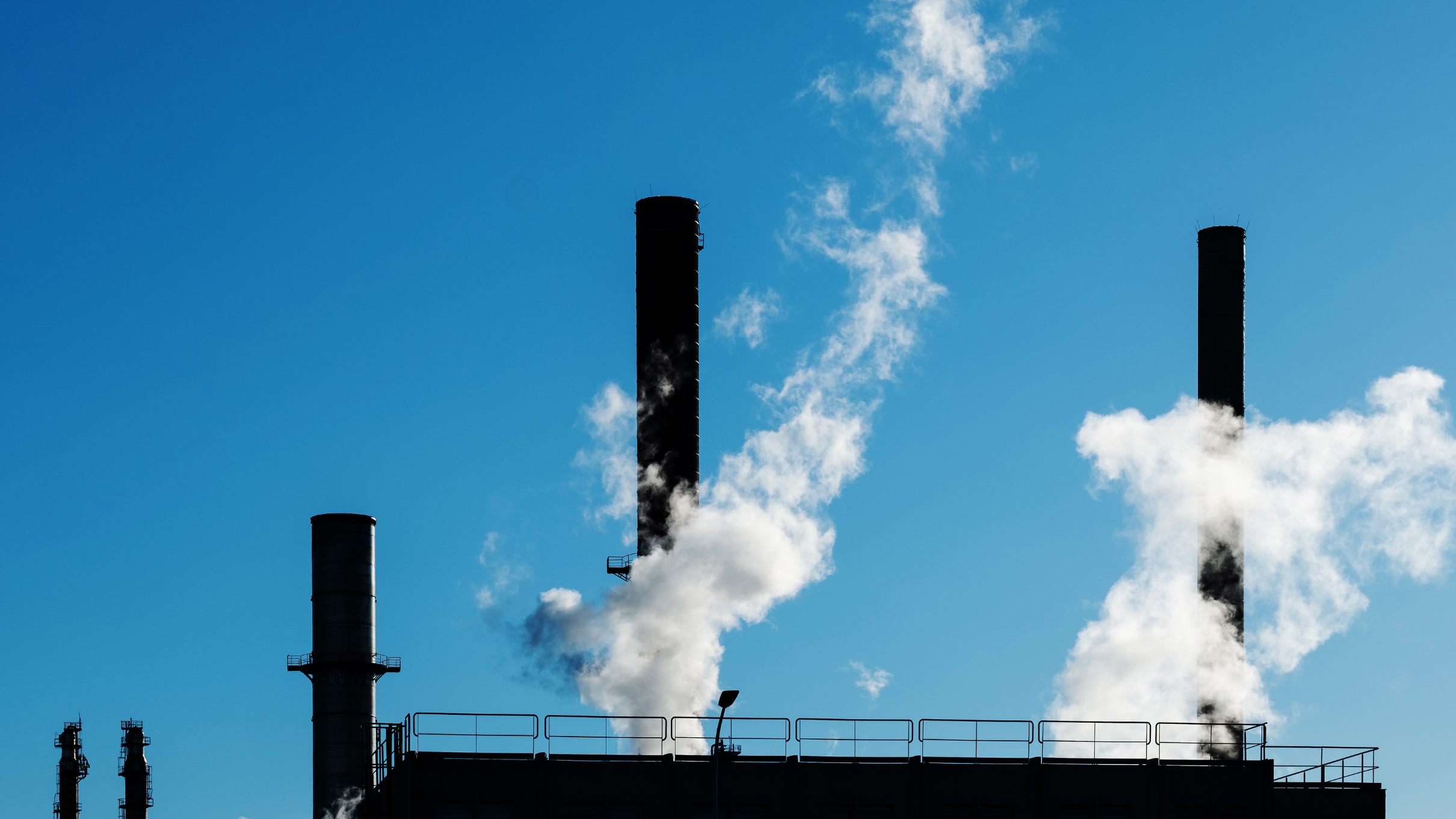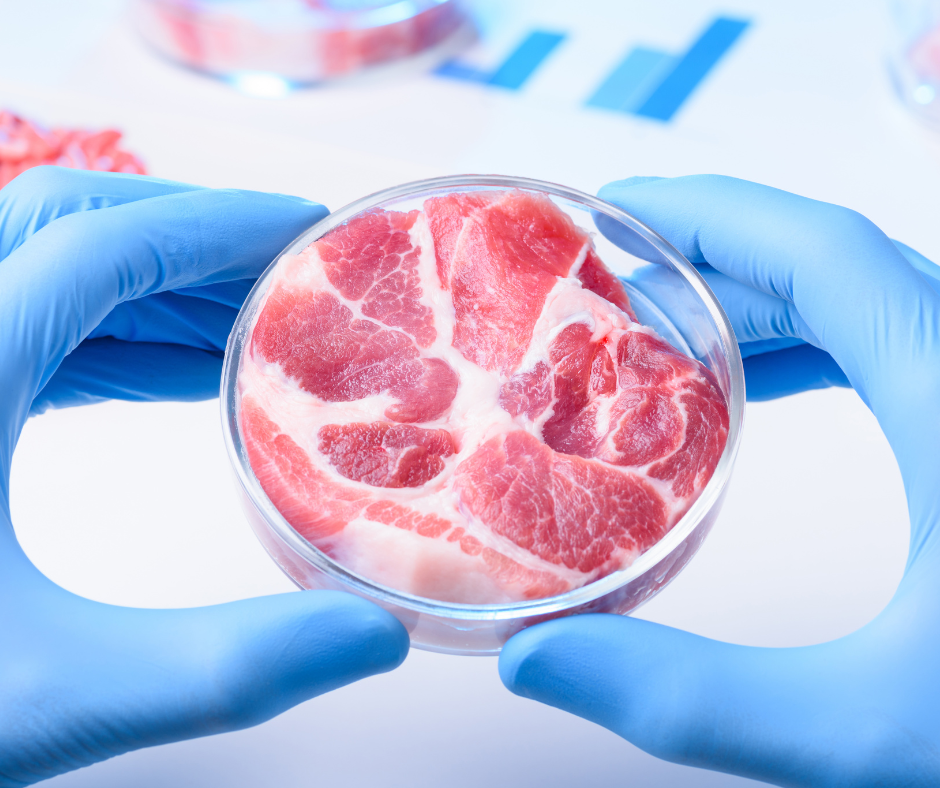BLOG
CATEGORY: RAMAN IN ACTION
Using Portable Raman Spectroscopy to Determine Organic Matter Thermal Maturity: A Simplified Approach
In a recent study published in the International Journey of Coal Geology, the U.S. Geological Survey and the Wyoming-Montana Water Science Center present a simpler way to gauge the thermal maturity of organic matter in shale and coal samples. Researchers used a portable All-In-One Process Raman...
PNNL Researchers Showcase Raman’s Role in Real-time Carbon Capture Process Monitoring
Researchers at the Pacific Northwest National Laboratory (PNNL) used a MarqMetrix All-In-One with a FlowCell to demonstrate Raman’s ability to be integrated for online measurement to measure process chemistry and progress of carbon capture systems. Summary In this experiment focused on...
Maximizing Bioreactor Yield in Cultivated Meat Production with Raman
Maximizing yield in cultivated meat production has never been more crucial than in the face of the current bioreactor shortage. As the demand for sustainable and ethical alternatives to traditional meat continues to rise, producers are under immense pressure to increase productivity and meet...
In Line Blend Uniformity Control of Powdered Pharmaceuticals with Raman
The Department of Chemical Engineering and Department of Chemistry at the University of Puerto Rico - Mayaguez used the MarqMetrix® All-In-One and Proximal BallProbe® to understand and control blend uniformity in a stream sampler in line. Summary The Department of Chemical Engineering and the...
10 Benefits of Raman Analysis for Carbon Capture
Carbon capture is an important process that involves capturing carbon dioxide from industrial processes to prevent it from being released into the atmosphere. Raman spectroscopy is an optical technique that has gained increasing popularity for monitoring and analyzing carbon capture processes....
How do I Use Inline Raman in Downstream Oil & Gas Applications?
Inline Raman spectroscopy is a powerful analytical technique that has found numerous applications in the downstream oil and gas industry. One of the key advantages of Raman spectroscopy is its ability to perform non-destructive analysis, making it an ideal technique for real-time monitoring of...
7 Benefits and Advantages of Using Raman in Cultivated Meat Production
Cultivated meat, also known as lab-grown meat or cell-based meat, is a rapidly growing industry that aims to provide a sustainable and ethical alternative to traditional animal agriculture. While the technology for producing cultivated meat has advanced significantly in recent years, there is...







